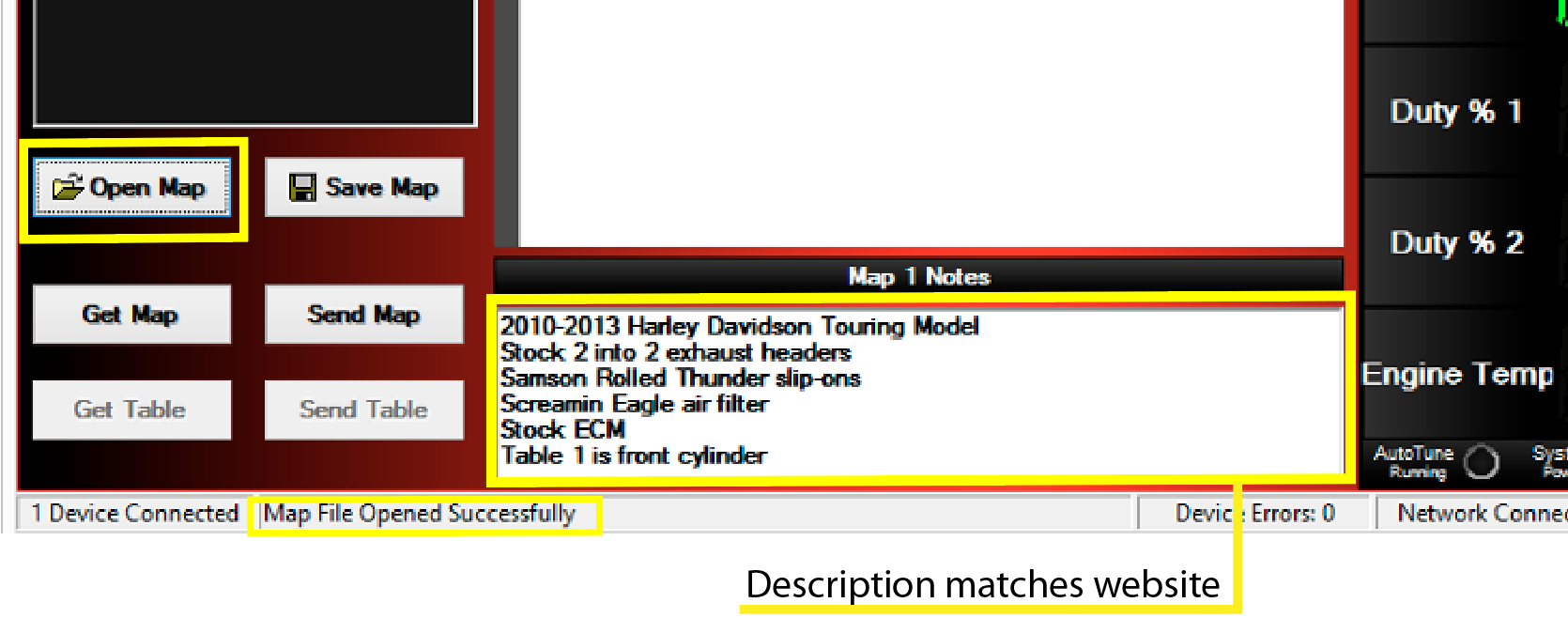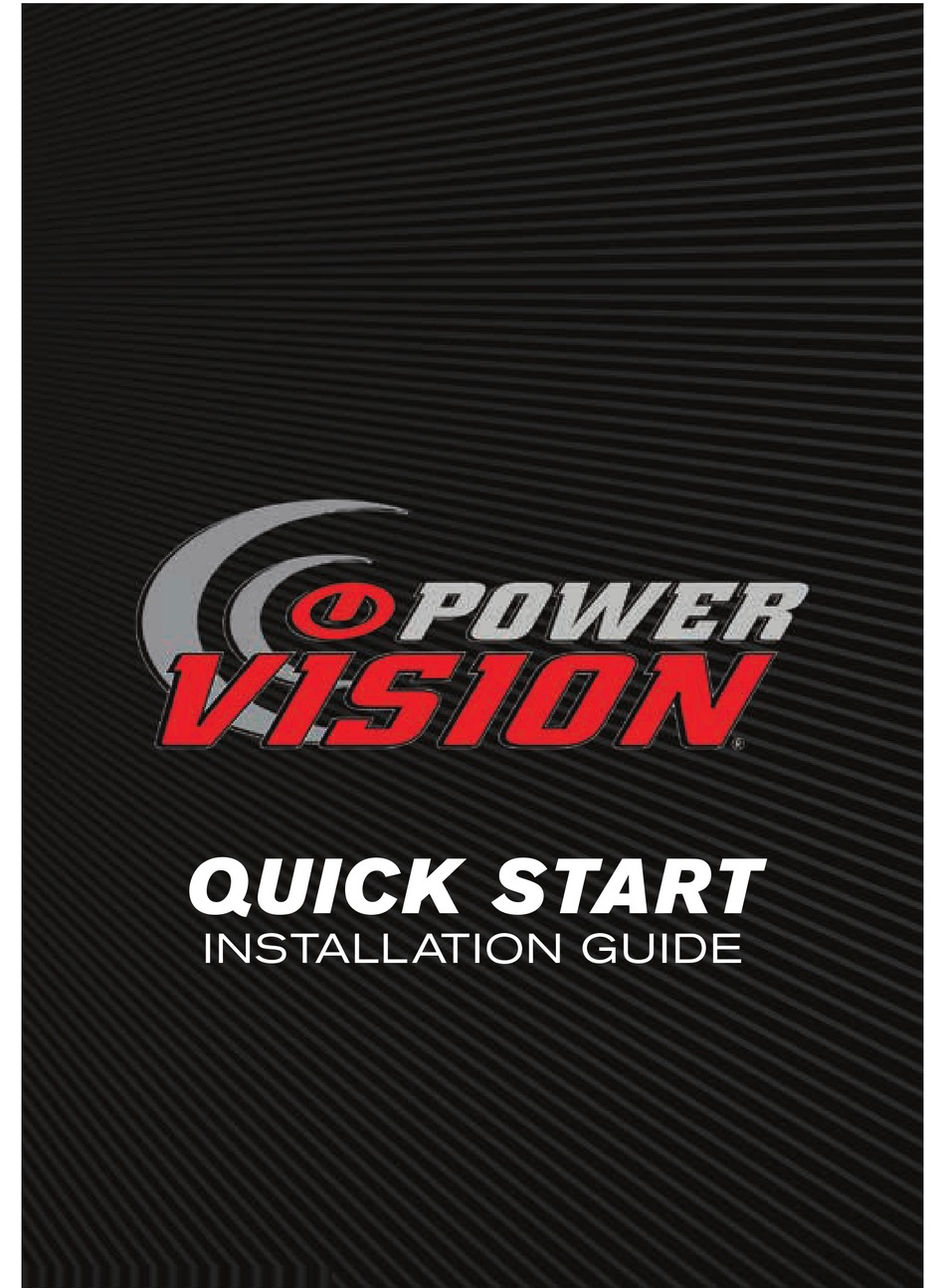This device is also simple to install, and while you're riding, it reads the data coming from the crank and throttle position sensors and automatically adjusts gasoline supply. Everything goes on incredibly fast – when you accelerate under different loads, the Fi2000 makes sure your bike achieves maximum performance possible. Route the inductive pickup cable to the RPM port on the DynoWare RT module making sure the cable is clear of devices that produce electronic noise (spark plug wires, coil wire, coil etc.). Page 76: Connecting The Primary Inductive Pickup. Description Size Download; Firmware - Only for Arctic Cat snowmobiles - Version 2.0.0.3 (136.33 kB): 136.33 kB: Firmware for 1997-2001 Harleys with Power Commander III USB - Version 2.1.2 (141.11 kB). Cloud-Based Endpoint Security. PC Matic Pro is a set of revolutionary technologies that is empowering customers and businesses to secure and optimize the performance of their devices. View and Download Dynojet 198: Kart and ATV Dynamometers instruction manual online. Dynojet Research, Inc., 2191 Mendenhall Drive, North Las Vegas, Nevada 89081, USA. The hand held pendant has a 20-foot cable that plugs into the DynoWare EX+ and must reach the driver of the vehicle. Document #98234100.
The higher-level driver of a class/port pair can sometimes complete IRPs in its DispatchDeviceControl routine. For example a class driver could, during initialization, gather and store information about the features of the underlying device, which might be sought in a subsequent IRP_MJ_DEVICE_CONTROL request, and thus save processing time by satisfying the request without passing it on to the underlying device driver. A class driver might also be designed to check the IRP's parameters and send only requests with valid parameters to the port driver.
Closely coupled class/port drivers also can define a set of driver-specific or device-specific internal I/O control codes that the class driver can use for IRP_MJ_INTERNAL_DEVICE_CONTROL requests to the port driver.
For example, the DispatchCreateClose routines in the system keyboard and mouse class drivers send system-defined internal device control requests to enable or disable keyboard and mouse interrupts to the underlying port drivers. These system class drivers set up IRP_MJ_INTERNAL_DEVICE_CONTROL requests for an underlying port driver. Any new keyboard or mouse port driver that interoperates with these system class drivers also must support these public internal device control requests.

Dynojet Software Download
The system parallel class/port driver model has similar features. New parallel class drivers can get support from the system parallel port driver by setting up IRPs for IRP_MJ_INTERNAL_DEVICE_CONTROL requests with public IOCTL_PARALLEL_PORT_XXX control codes. You can replace the system parallel port driver, but any new driver also must support this set of public internal device control requests.
For more information about these public internal device control requests, see device-specific documentation in the Windows Driver Kit (WDK). For information about how to define private I/O control codes, see Using I/O Control Codes.

For a closely coupled pair of port/class drivers, the class driver might handle the processing of certain device control requests without passing them on to the port driver. In a new class/port driver pair, the class driver's DispatchDeviceControl routine can do either of the following:
Check the validity of the parameters in its own I/O stack location, set the I/O status block if it finds any parameter errors, and call IoCompleteRequest with a PriorityBoost of IO_NO_INCREMENT; otherwise, call IoGetNextIrpStackLocation copy its own I/O stack location into the port driver's, and pass the IRP on with IoCallDriver.
Or, do nothing more than set up the port driver's I/O stack location in the IRP without checking parameters and pass it on to the port driver for processing.
Download Dynojet Research Port Devices Driver
SCSI class drivers have special requirements for handling device control requests. For more information about these requirements, see Storage Drivers.

 -->
-->